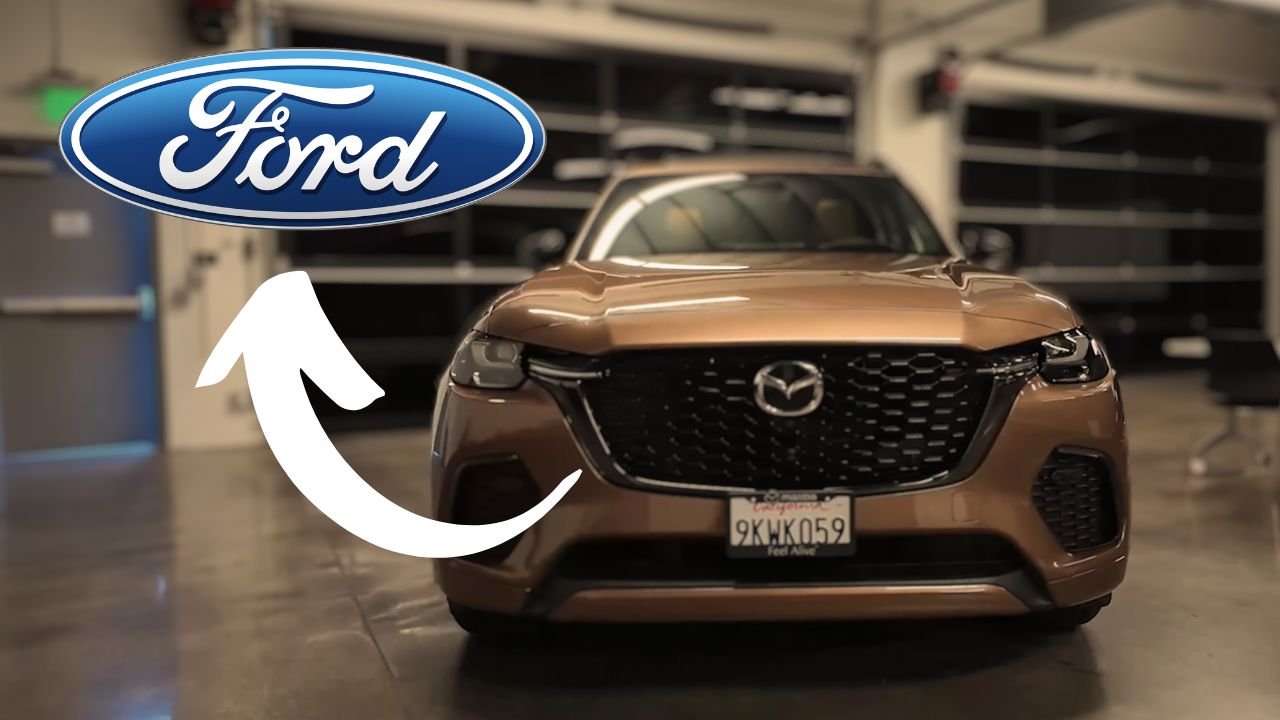In the car world, big companies often team up. Ford and Mazda did just that in the 1970s. What started as helping out Mazda turned into a big partnership.
This article explores the Ford-Mazda partnership, showing how working together can make a big impact in the car industry.
Does Ford Own Mazda? A Story of Collaboration and Change
From the 1970s to the early 2000s, Ford and Mazda worked together in a big partnership. Mazda was having money problems, so in 1979, Ford bought a chunk of the company—first 24.5% and later 33.4%. This wasn’t just about money; they also teamed up to make cars and share technology.
They made things like the Mazda CX-9, which used Ford’s engine. And they shared platforms, which are like the base of a car, for models like the Ford Laser and the Mazda Familia.
In North America, they made cars like the Mazda Navajo, which didn’t do so well compared to Ford’s Explorer. But they also tried new engine tech, like the Miller cycle in the Mazda Millenia.
By the late 2000s, things changed. Ford started selling its shares in Mazda, so they weren’t partners anymore by 2015. Mazda moved forward, teaming up with Toyota for new projects.
Post Ford Investments
After Ford sold its shares in Mazda, Mazda made new investments. In 2011, Mazda raised a lot of money through selling shares.
They used some of this money to build a new car plant in Mexico with Sumitomo Corporation. This helped Mazda grow in important markets.
In 2015, Mazda teamed up with Toyota for a long time. Mazda agreed to give Toyota its fuel-efficient engine tech, and in return, Mazda got access to Toyota’s hydrogen fuel cell systems.
Furthermore, in May 2015, Mazda forged a “long-term partnership” with Toyota, signaling a new era of collaboration. As part of this agreement, Mazda agreed to supply Toyota with its fuel-efficient SkyActiv gasoline and diesel engine technology.
In return, Mazda gained access to Toyota’s hydrogen fuel cell systems, fostering technological exchange and mutual growth opportunities.
These partnerships showed Mazda was serious about growing and innovating even after the Ford partnership ended.


